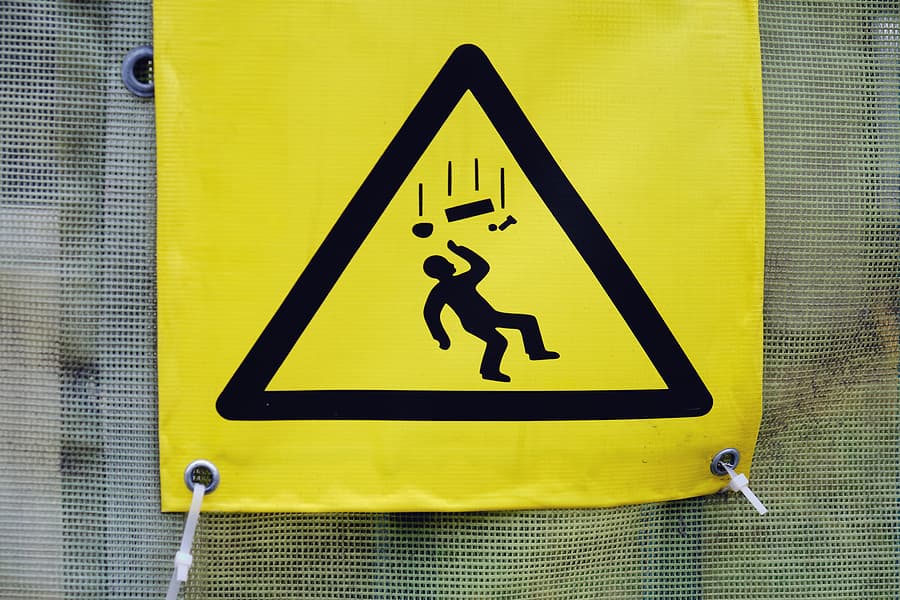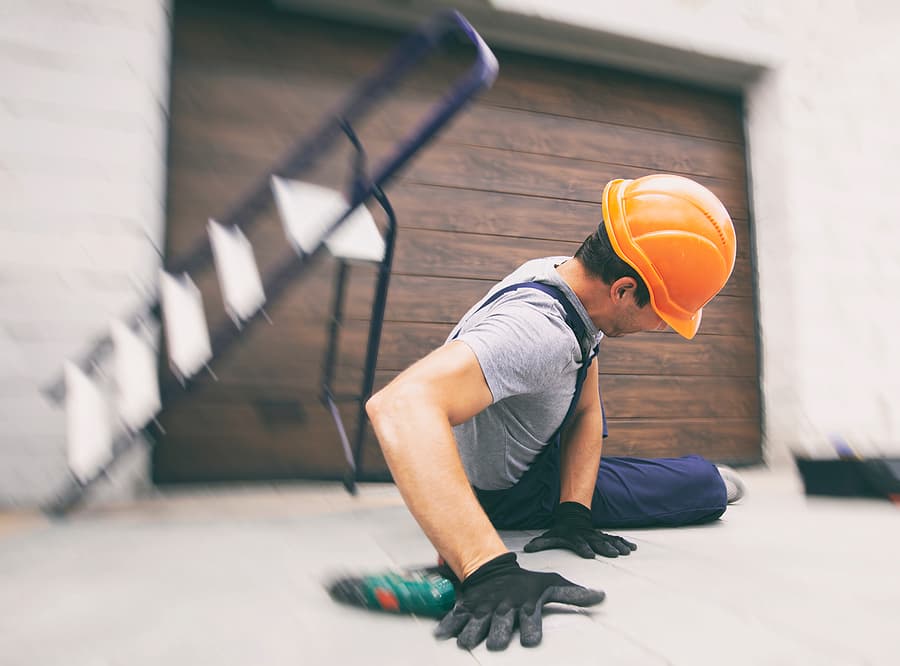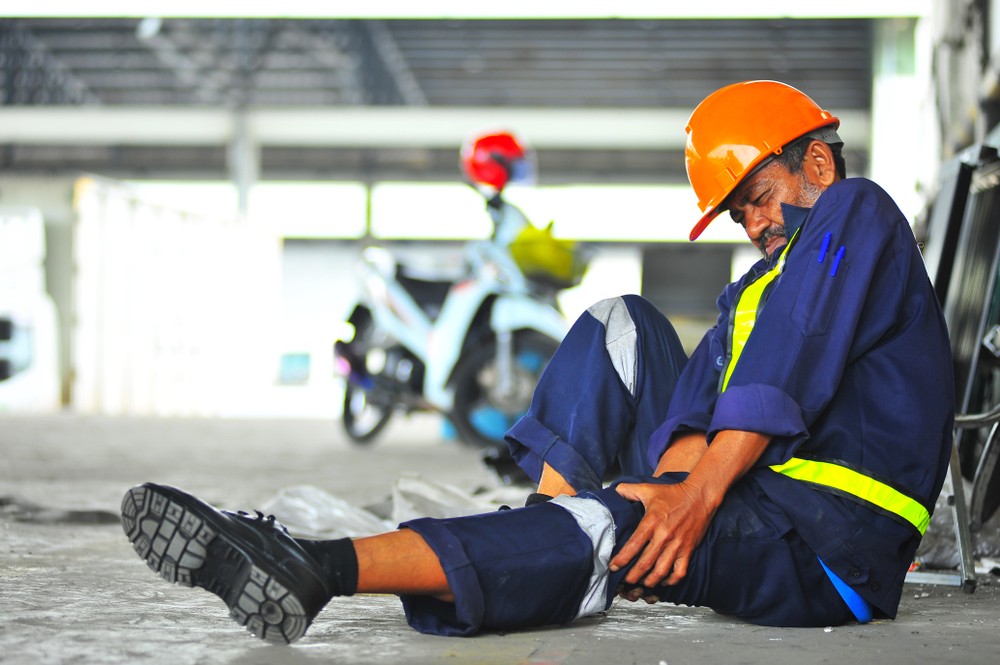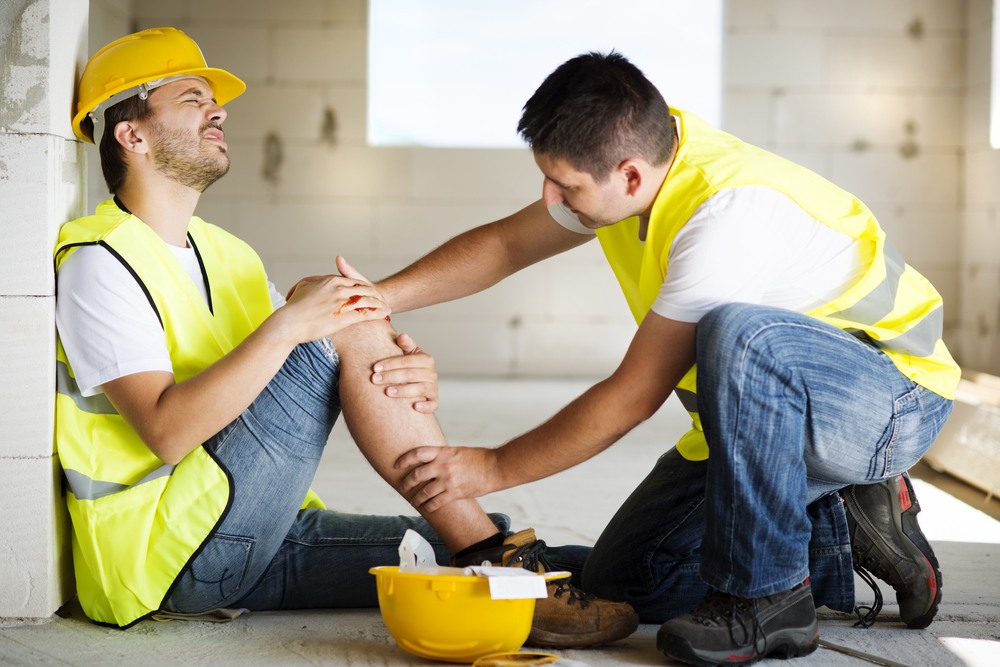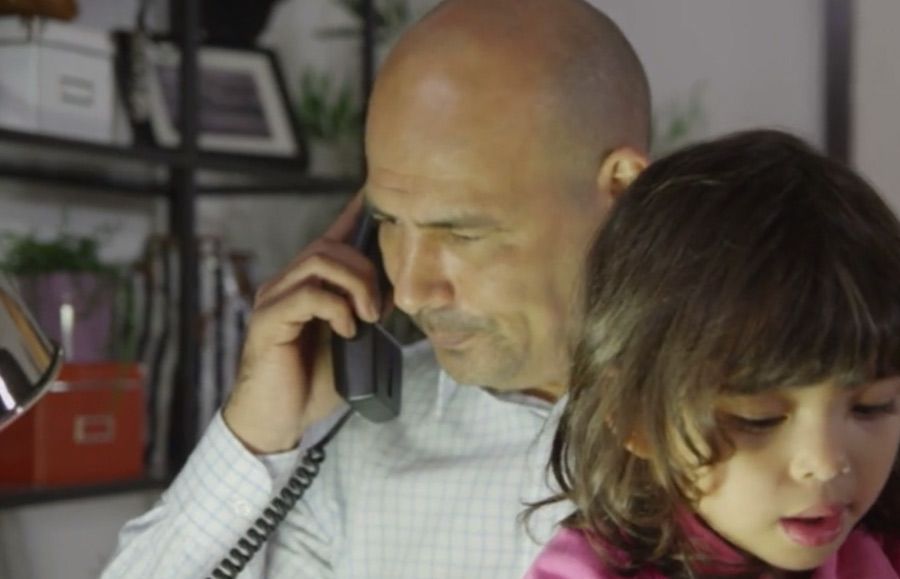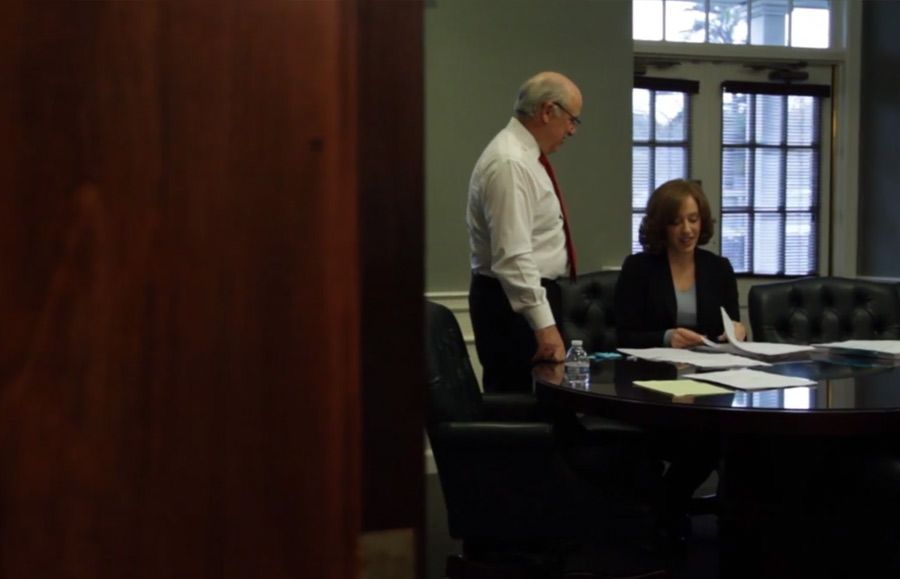Falls are the most common type of construction accident. Incidences of nonfatal falls are higher among construction workers than workers in any other field.
Unfortunately, that may not surprise many people as construction workers are exposed to greater risks than workers in other fields. To ensure receive fair compensation, consider hiring a construction accident lawyer. According to the U.S. Bureau of Labor and Statistics (BLS), 62 percent of construction workers are exposed to heights. Heights are defined as anything above five feet off the ground which creates the risk of falling.
How Do Falls Happen in the Construction Industry?
Most falls in construction work involve workers falling to a lower level. In fact, falls to a lower level account for nearly half of all construction fatalities from falls. However, falls can include falling from heights, slipping on surfaces, and tripping over things at the same level. Falls on the same level are the leading cause of injury on construction sites.
Falls are highly preventable accidents. Oftentimes, construction workers, supervisors, and management have not taken the proper safety measures to ensure no one gets hurt.
Common Types of Falls on Construction Worksites
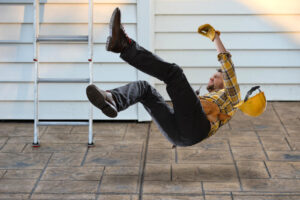
There are a host of fall hazards present on construction sites at any given moment. Fall hazards are anything that could cause you to lose your balance or bodily support, resulting in a fall. In truth, just about any surface used for walking or working could present a potential fall hazard.
Some of the common types of falls for construction workers are:
- Falls from elevated platforms, such as a forklift platform
- Falls through existing floor or roof openings, such as a skylight hole
- Roof or floor collapses
- Slipping on foreign substances or materials on the same level
- Tripping over objects, debris, equipment, or machinery in the walking path
- Jumping from structures and equipment
Data from a long-term study referenced in the Occupational Safety and Health Administration’s (OSHA) Construction Focus Four: Fall Hazards training guide indicates that the leading types of falls that result in death for construction workers are falls from:
- Roofs
- Scaffolding or staging
- Ladders
- Girders or structural steel
- Existing floor openings
- Non-moving vehicles
- Aerial lifts
Falls from roofs made up roughly one-third of fall fatalities while falls from scaffolding and ladders accounted for 18 percent and 16 percent of fall deaths, respectively.
Major Fall Hazards That Construction Workers Face
Falls are the leading cause of death for construction workers, accounting for more than one-third or 35.3 percent of all on-the-job fatalities in the industry, per the U.S. Bureau of Labor and Statistics (BLS). Some of the major fall hazards present on worksites are unprotected edges and openings, improper scaffold construction, and unsafe portable ladders.
Unprotected Edges and Openings
Unprotected roof edges, floor and roof openings, structural steel, and leading edges increase the risks of a fall. Nearly all construction sites will have these unprotected openings and edges at some point. Workers may fall over the edges of a roof or step into a hole they couldn’t see while carrying materials blocking their view. If these sides and openings are not properly protected, serious injury or death can result due to workers falling from heights or objects falling from above. Injured laborers may experience broken bones, sprains, concussions, or even death.
Improper Scaffold Construction
It’s difficult for workers to use heavy equipment and work with various building materials while on a scaffold which provides limited space. When these scaffolds are improperly made and lack proper fall protection, difficult becomes dangerous. Some construction sites use makeshift scaffolds or fail to construct manufactured platforms to the required specifications. The result is often that the scaffold gives away beneath the weight of the workers and their equipment.
Unsafe Portable Ladders
Portable ladders are convenient but pose a safety risk for numerous reasons. If the ladder isn’t placed in a safe position every time you use it, you risk a fall. The ladder may wobble, shift, or slip from its supports.
An unsteady ladder makes it easier for you to lose your balance and fall off.
Factors that can lead to a ladder fall include:
- Slipping on the rungs or steps
- Using the wrong ladder for a given task
- Ladders slipping from either the top or the bottom
- Overreaching or skipping a rung or step
- Defective equipment
How to Prevent Falls on Construction Sites?
Falls are highly preventable construction accidents. Many of them could be avoided if construction companies and employees took the proper safety precautions. OSHA has standards in place to ensure safety on worksites, but these standards are only as effective as those willing to follow them.
Workers Should Use Fall Protection Equipment
Openings on floors and roofs must be covered, per OSHA standards. Holes must have coverings that are capable of supporting at least two times the weight of workers, equipment, and materials that are placed on top of them at any given moment.
Unprotected sides and edges are some of the most frequently cited OSHA violations related to roofing and fall protection. OSHA requires employers to provide fall protection or prevention measures when workers will be at least 6 feet off the ground while working construction. However, it only requires fall protection at 10 feet when using a scaffold.
The three primary types of fall protection are:
- Guardrail systems. A guardrail provides a protective barrier along the perimeter of a platform between workers and the ends of the work surface, preventing them from falling over the edge.
- Safety net systems. Safety net systems are designed to catch workers when they fall, stopping them from hitting the ground or level below. Those setting up the work area must place safety nets as close as reasonably possible under the work surface and never more than 30 feet below it.
- Personal fall arrest system. The personal fall arrest system uses an anchorage, connectors, and a full-body harness to support the worker and break their fall. Per OSHA requirements, the fall arrest system must have the capability of supporting at least 5,000 pounds per worker attached to it. It is never to be attached to the supports holding up suspended platforms but must have its own equipment setup.
Together, these safety measures are broadly referred to as fall protection, however, there is a distinction. Guardrails are considered fall prevention systems while safety nets and personal fall arrest systems are fall protection systems. The difference is that fall prevention stops the likelihood of a fall in the first place and fall protection keeps the worker from suffering an injury when they fall. OSHA suggests using fall prevention systems whenever possible.
Who Is Responsible for Preventing Falls and Injuries to Construction Workers?
From a legal standpoint, it is your construction employer’s job to make sure the construction site meets OSHA standards. Your employer must provide the following:
Fall Protection
The construction company must ensure that fall prevention and protection systems are in place at the required height measurements at the very least.
Training
The employer must also provide the necessary training for dealing with fall hazards. Your employer must train you to recognize fall hazards and minimize them when they are present. There is also specific training required for the use of scaffolding and ladders and just about any other piece of equipment on a worksite.
Proper Construction
Additionally, OSHA requires a competent person to oversee and inspect all scaffold construction, movement, disassembly, and modification.
Construction Site Maintenance
A poorly maintained worksite allows clutter and debris to build up, creating slip, trip, and fall hazards. It is the employer’s job to keep the construction site in order and free from things like scrap lumber with protruding nails, trash, debris, and other types of waste. Further, employers must maintain ladders in safe working condition.
Workers Have a Responsibility to Ensure Safety, Too
Though a bulk of the responsibility for preventing harm rests with the employer, in practice, it is incumbent on all construction company management, supervisors, contractors, and laborers to ensure there is a safe working environment. Workers ill-equipped to do a job should avoid performing it.
They should also be vigilant about paying attention to their surroundings and where they place items. When you observe fall hazards and other unsafe conditions, speak up, and refuse to work until safety is restored. Workers also have a right to file a complaint with OSHA if hazards are not corrected.
Injuries From Falls on Construction Sites
Falls can cause serious or fatal injuries:
- Broken bones such as hip, wrist, leg, arm, or ankle fractures
- Injury to the spinal column
- Spinal cord injury (ex. paralysis)
- Sprains and strains
- Neck injury
- Head injuries such as a cracked skull or brain trauma
Construction Workers Can Suffer Traumatic Brain Injuries After a Fall
Traumatic brain injury (TBI) is a significant risk of falling. Workers often operate from elevated heights, increasing the chances that a brain injury is likely. The impact of falling can cause blunt force trauma to the brain, resulting in damage to the organ. Medically, this is known as closed brain injury. It is also possible that upon falling, a worker may strike an object that impales the skull and brain. This type of brain injury is called a penetrating or open brain injury. In both cases, death is a likely outcome.
Those who survive a catastrophic event like a TBI may suffer lifelong symptoms requiring long-term care and major life adjustments.
The effects of a TBI can include:
- Decreased life expectancy– a brain injury can shave nine years off of your life, according to the Centers for Disease Control and Prevention (CDC)
- Increased risk of death from other health complications– TBI victims are more likely to die from seizures, infections, drug poisoning, and pneumonia than those without it
- Decreased likelihood of employment
- Permanent disability
- Loss of independence
- Repeat hospital visits
- Overall life dissatisfaction
On top of the physical, cognitive, emotional, and quality-of-life challenges, construction workers with brain injuries face financial strain. Indeed, these other challenges create financial burdens. The cost of medical care for the lifetime of a TBI victim can become costly. Construction workers who suffer falls and brain trauma may never return to work and certainly cannot do so immediately.
How Can Construction Workers Support Themselves After a Construction Accident?
Injured construction workers have two primary options for recovering financial compensation after an accident. They include:
Filing for Workers’ Compensation Benefits
Construction workers are generally covered under workers’ compensation insurance.
While the specifics may vary by state, workers’ comp generally covers:
- Lost income
- Medical expenses
- Disability
- Survivor benefits
Filing a Lawsuit
In addition to workers’ compensation, you may also file a lawsuit to recover compensation for a fall or any other on-the-job accident. Workers may file a third-party lawsuit if their accident was the result of negligence from a person or entity other than their employer or co-workers under the same employment.
If a separate company such as a forklift manufacturer or a third-party inspector servicing the worksite caused the accident, you could sue them in court. Some states, like New York, also hold construction companies and general contractors liable for accidents under particular circumstances where they have violated state safety laws.
An Injury Lawyer Can Help You Recover Financially After a Construction Accident
To find out the laws where you live and your legal options for financial recovery, you could work with a personal injury lawyer in Long Island. A fall is the most common construction accident, so you are likely to find a qualified attorney with extensive experience in this area. Many attorneys offer free consultations, giving you the chance to discuss your case.
